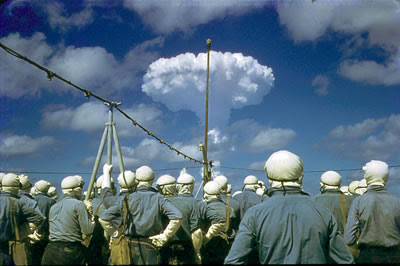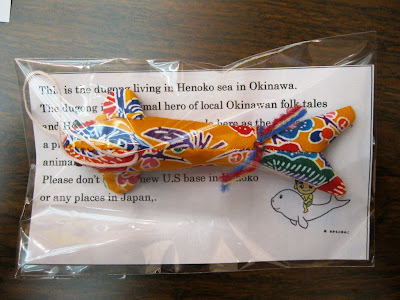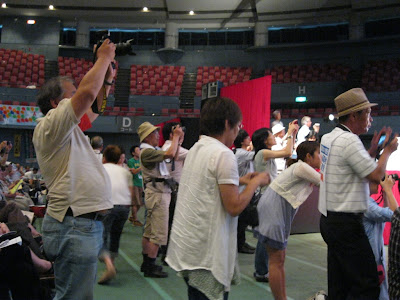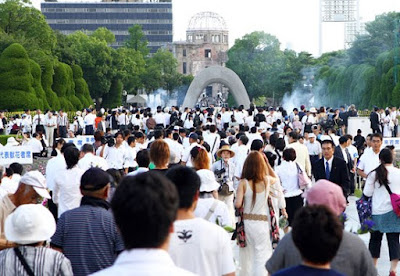Famaguo'on i Tano' yan i Tasi

Maila ya nihi ta fandana' gi este na dinana' inakomprende yan inapatte! Gof likidu este na gurupu! Manperfekto Chapones este siha, lao ma silelebra ya ma na'fafamta i fino' Chamoru!!
This blog is dedicated to Chamorro issues, the use and revitalization of the Chamoru language and the decolonization of Guam. This also blog aims to inform people around the world about the history, culture and language and struggles of the Chamorro people, who are the indigenous islanders of Guam, Saipan, Tinian, Luta and Pagan in the Mariana Islands. Pues Haggannaihon ha', ya taitai na'ya, ya Si Yu'us Ma'ase para i finatto-mu.










